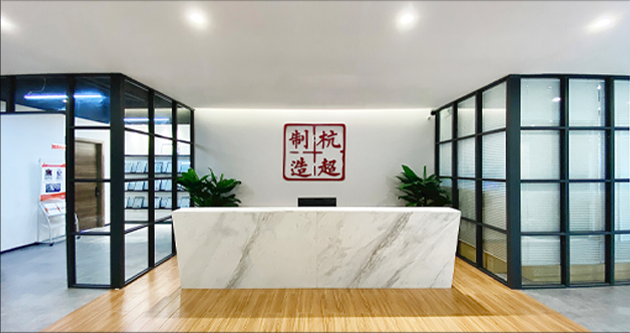
Principle of Ultrasonic Fatigue Test
Ultrasonic fatigue testing is an accelerated resonance-based fatigue testing method that establishes mechanical resonance waves on the loaded specimen. Based on the piezoelectric expansion principle and utilizing high-energy ultrasonic resonance technology, its test frequency (20 kHz) far exceeds conventional fatigue test frequencies. Within the actual test time, it can obtain fatigue data and threshold values. Due to the high frequency, it can quickly detect the high-repetition cycle fatigue limits of various industrial materials.
In response to modern mechanical equipment parts' ultra-long life and ultra-high reliability requirements, ultrasonic fatigue testers, based on ultrasonic resonance principles, generate high-frequency vibration loads on specimens to complete (super) high-cycle fatigue performance tests. The third-generation multifunctional ultrasonic fatigue tester developed by our company features a wide working frequency range, large output amplitude, and high control precision. It can conduct various forms of ultrasonic fatigue tests on metallic and composite materials, including variable stress ratio axial symmetric tension-compression, variable stress ratio three-point bending, and vibratory bending, among others. Additionally, it provides auxiliary optimization design software for various types of specimens such as axial tension-compression, three-point bending, and vibratory bending.
